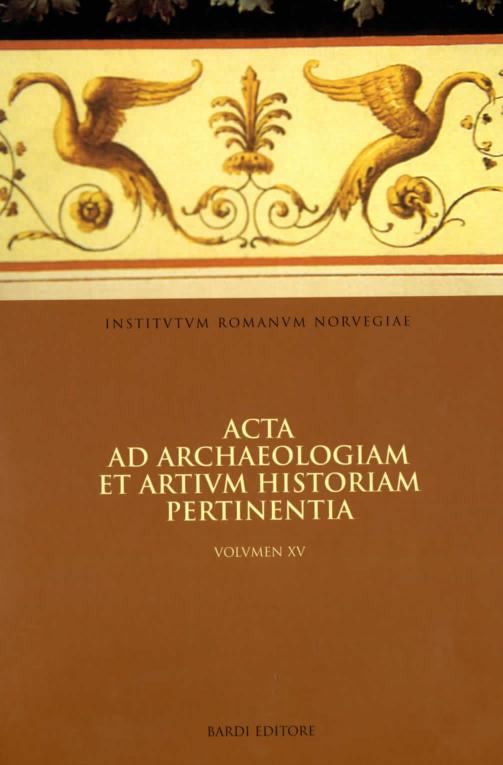Imperial Connotations in Roman Church Interiors. The Significance and Effect of the Lateran Fastigium
DOI:
https://doi.org/10.5617/acta.5702Abstract
The fastigium donated by emperor Constantine to the Lateran Basilica is a key object in the study of imperial connotations in Early Christian Roman churches. The fastigium was a pediment surmounted by silver statues and supported by four bronze columns, standing as a linear structure in front of the altar of the basilica. In contrast to other objects of imperial largitio donated to the Christian churches, the fastigium was recognized from the very beginning as an explicit monument of imperial presence. Both its shape and its unusual nature in the context of Christian liturgy were responsible for this association.
How to Cite
Issue
Section
License

This work is licensed under a Creative Commons Attribution-NonCommercial 4.0 International License.
Authors who publish with this journal agree to the following terms:
- Authors retain copyright and grant the journal right of first publication with the work simultaneously licensed under a Creative Commons Attribution License that allows others to share the work with an acknowledgment of the work's authorship and initial publication in this journal.
- Authors are able to enter into separate, additional contractual arrangements for the non-exclusive distribution of the journal's published version of the work (e.g., post it to an institutional repository or publish it in a book), with an acknowledgement of its initial publication in this journal.
- Authors are permitted and encouraged to post their work online (e.g., in institutional repositories or on their website) prior to and during the submission process, as it can lead to productive exchanges, as well as earlier and greater citation of published work (See The Effect of Open Access).





